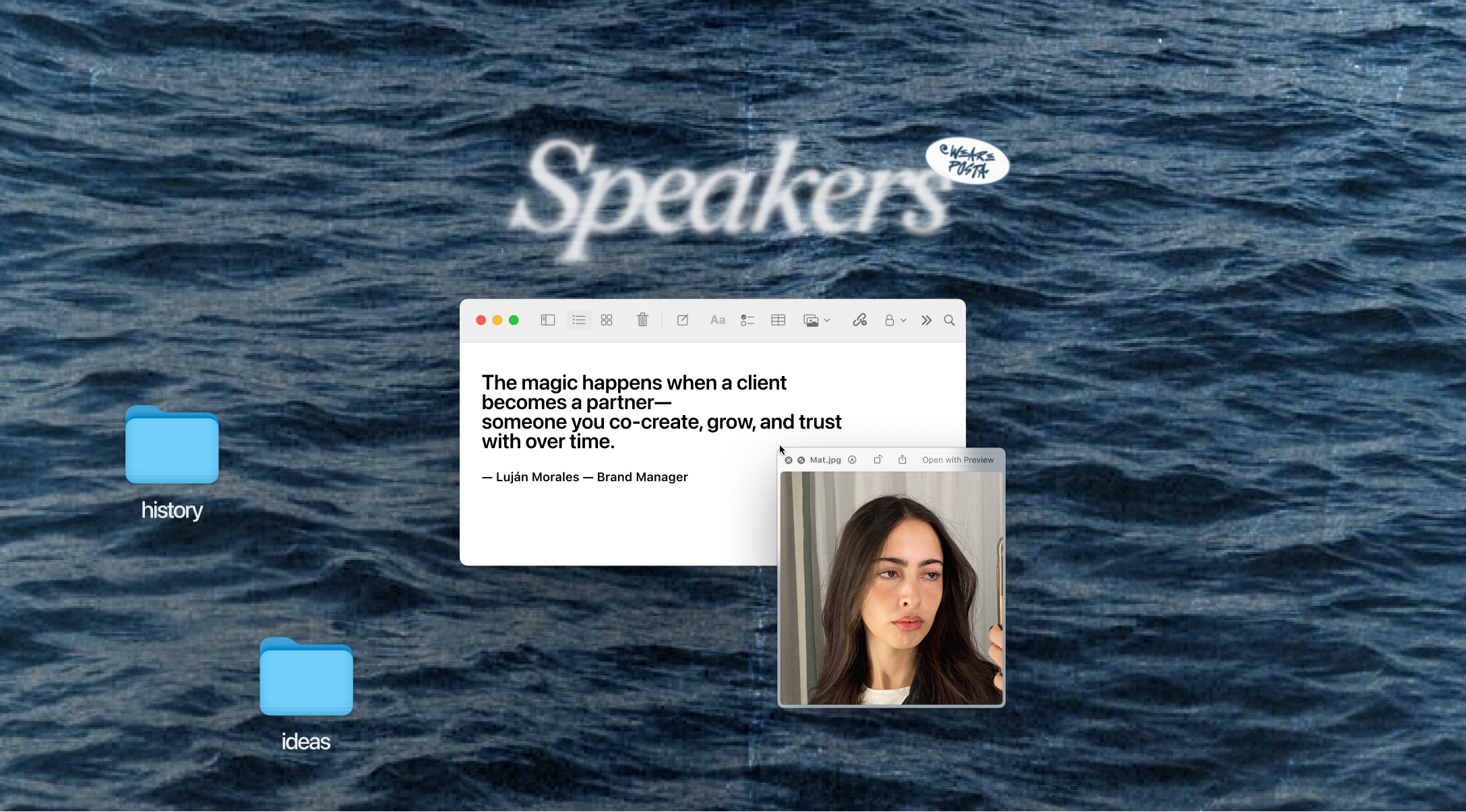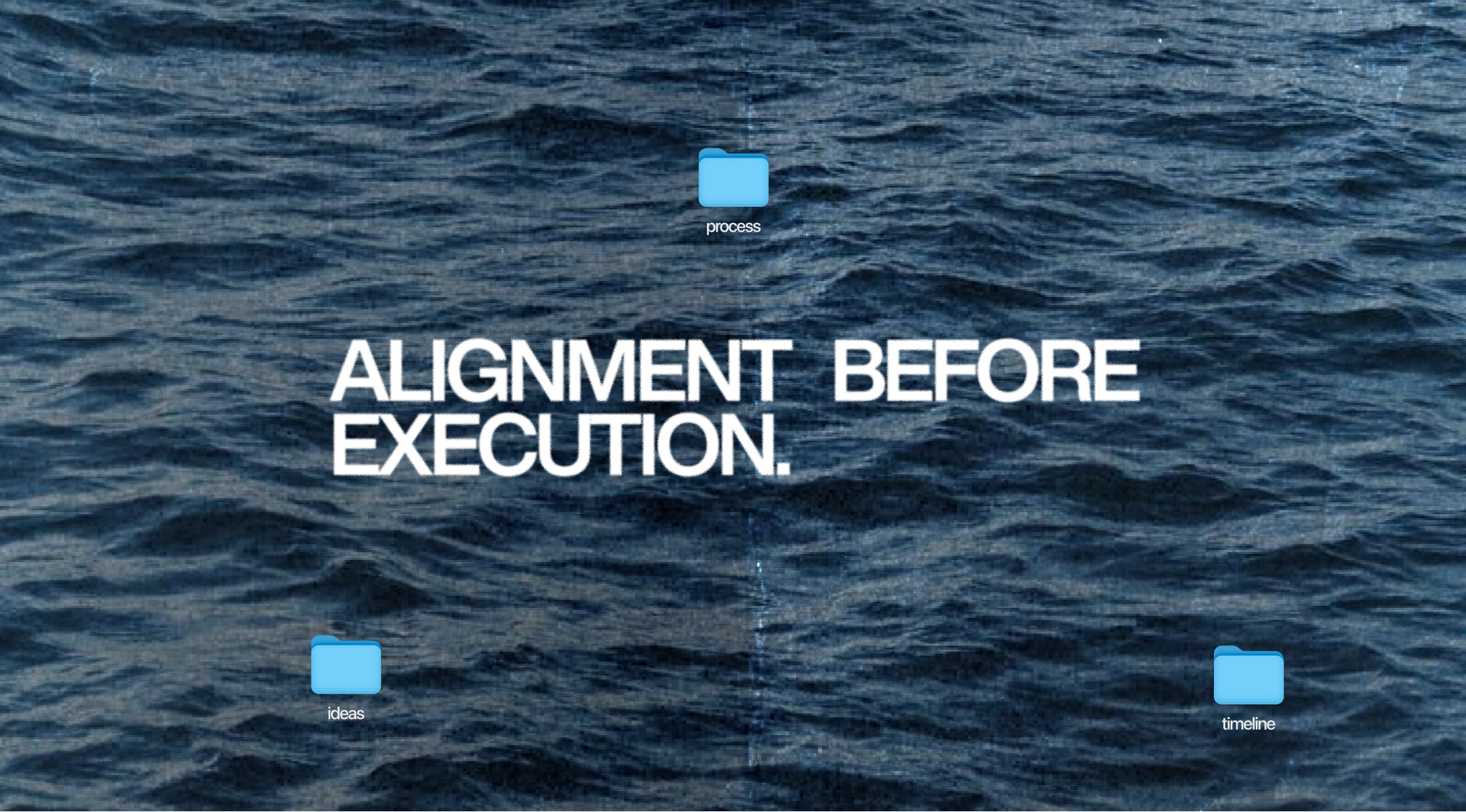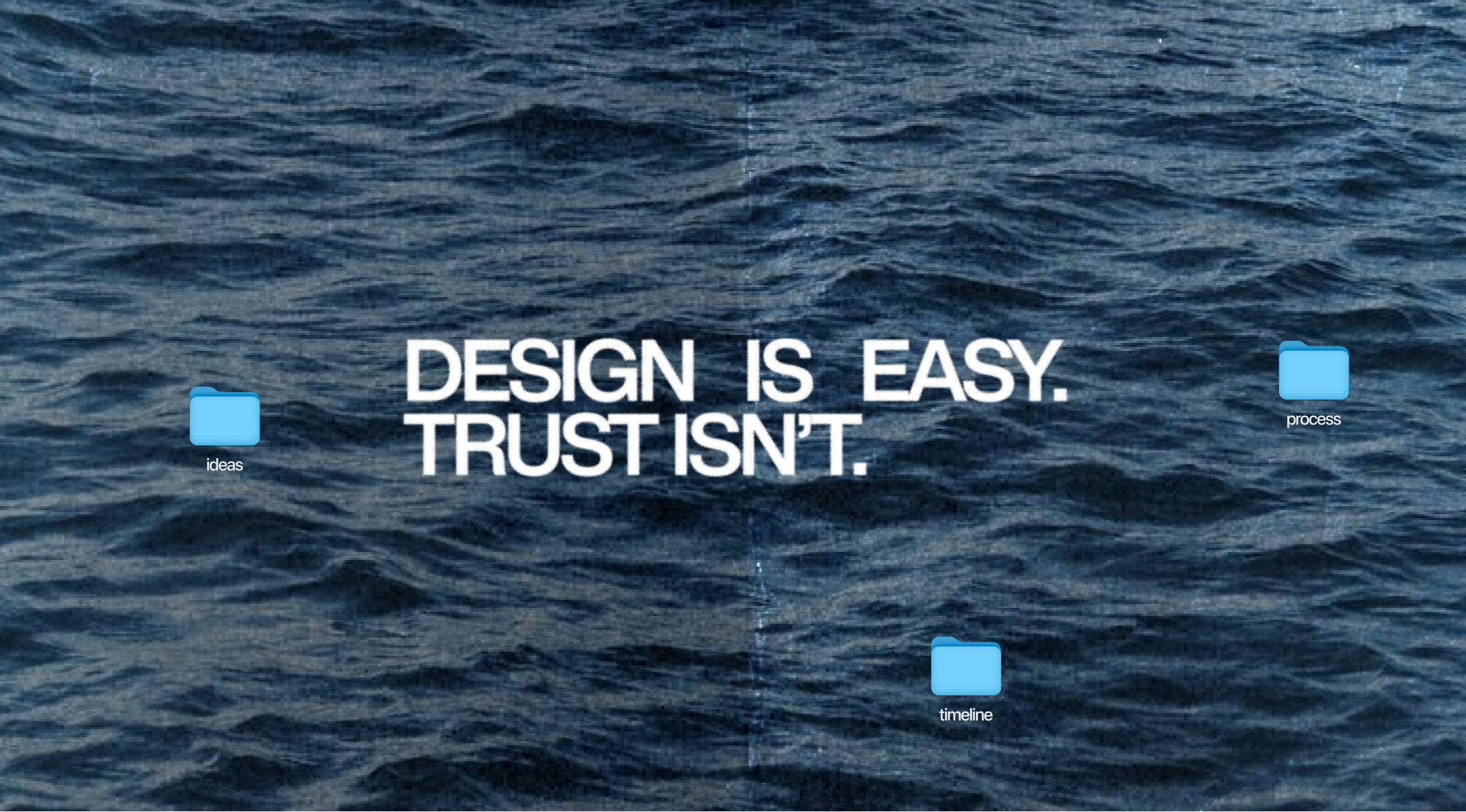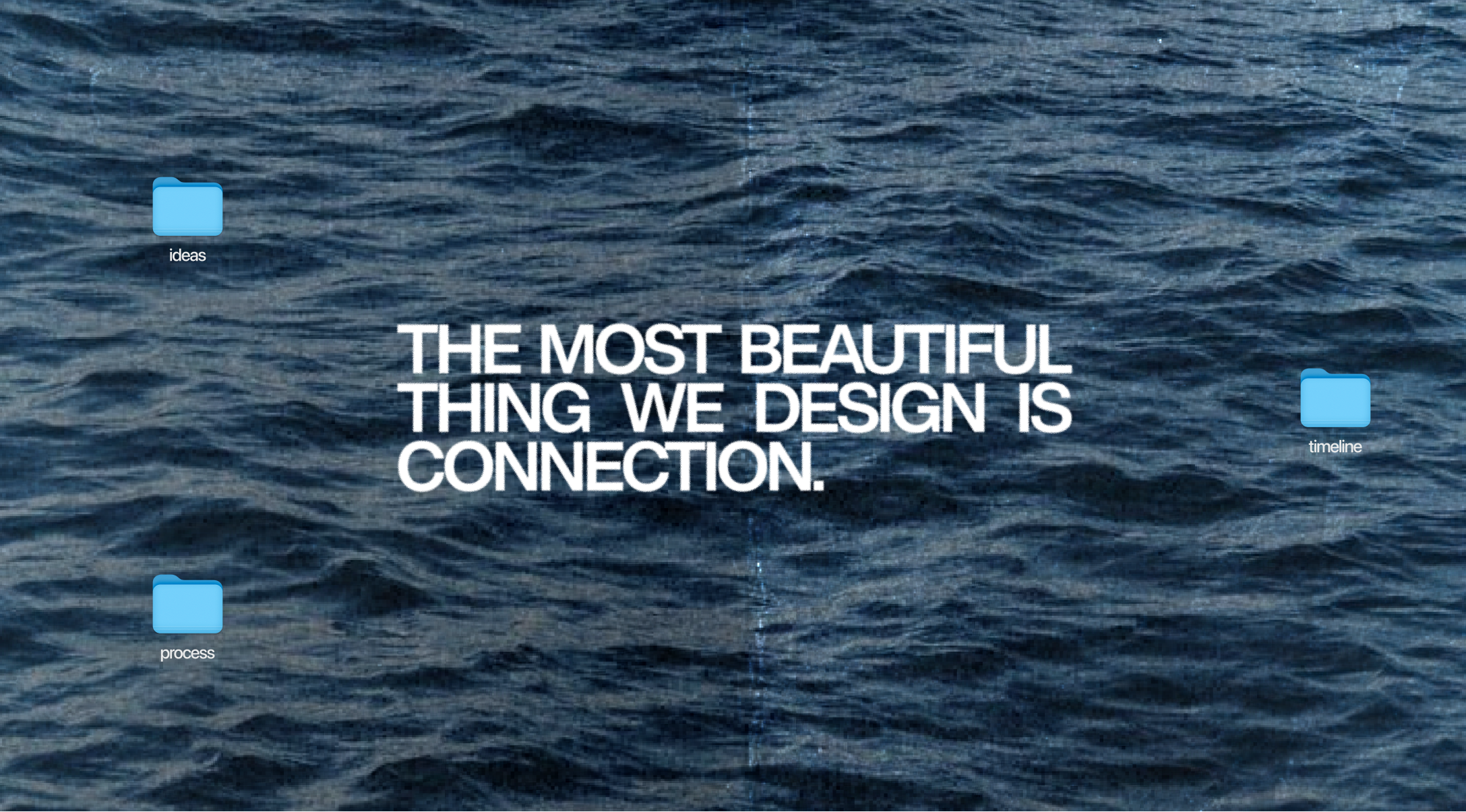


One thing founders and directors often mention (as Readymag’s blog points out) is alignment: shared aesthetics, values, communication style. If you and your client don’t see the world somewhat similarly, you’ll fight over every decision.
We start every project by asking hard questions: What do you stand for? Who are you — beyond what you sell? Why does this matter? That way, when we propose visuals or narratives, they feel inevitable. The client has already seen themselves inside them.
Because if you’re just matching colors and styles, the collaboration always feels foreign. But if your work resonates with their identity, it becomes natural.
In the Readymag article, one founder says that personal connection and empathy are foundational. I couldn’t agree more. At Posta, I don’t want to be a faceless vendor—I want to be someone the client trusts.
That means showing up as a person, sharing doubts, admitting when I don’t know. If the client sees how I think, not just what I deliver, they invest in me more. Design gets sharper when trust is mutual.

Clients often test agencies with aesthetic decisions. But what makes a partnership strong is when you start thinking like them. When design isn’t a layer over the business—but integrated with it.
That insight changed how we work. Now, in every discovery phase, we dig into revenue models, customer pain points, growth wings.
When you tie design to outcomes, the project becomes more than visual—it becomes strategic.
Something else that often breaks collaboration is hidden timelines, vague expectations, scope creep. Transparency is one of those “overlooked but essential” elements.
At Posta, we run projects with openness: shared timelines, tools where clients see progress, clear budgets. We’d rather overshare than leave someone guessing. If something changes, we flag it early. That kind of honesty builds trust faster than perfect designs.

There’s a moment in many projects when everything slips: deadlines tighten, technical issues arise, feedback is messy. How a team handles that tells more about your partnership than the smooth parts.
I try to treat every problem as an invitation: “Okay, what’s real here, and how do I fix it?” Panic solves nothing. Steady resolve and clear communication keep partnership alive.
Sometimes we designers want to assert our “best solution.” But strong partnerships are built when you lean in and listen. Even if the client can’t verbalize the need, your job is to uncover it.
Before proposing, I ask more questions. Before designing, I validate that I truly understand. That listening builds trust in ways no pitch ever could.

Collaborators who share beyond the work—personal stories, struggles—build deeper trust.
I remember a client telling me, “It felt safer when you told me about a project you messed up last year.” That honest moment changed the tone of the collaboration. To me that says: no one expects perfection. People expect authenticity.
When a client becomes a partner, a shift happens: you’re not just delivering in brief, you’re co-creating the future. You start having shared milestones, shared risks, shared storytelling.
I don’t want clients who hire me for a logo and vanish. I want partners who call me when they pivot. I want a brand, not just transactions.

Client-agency relationships are not static contracts: they’re living, evolving things. The best ones aren’t about control — they’re about alignment, trust, communication, vulnerability.
If you’re reading this and you’re a client or a creative lead, here’s what I’d say: choose partners who ask deeper questions, who show their process, who stay steady when things get messy. Those are the ones who turn a project into a story you both carry.
Because design isn’t just what you see — it’s how people feel the partnership behind it.